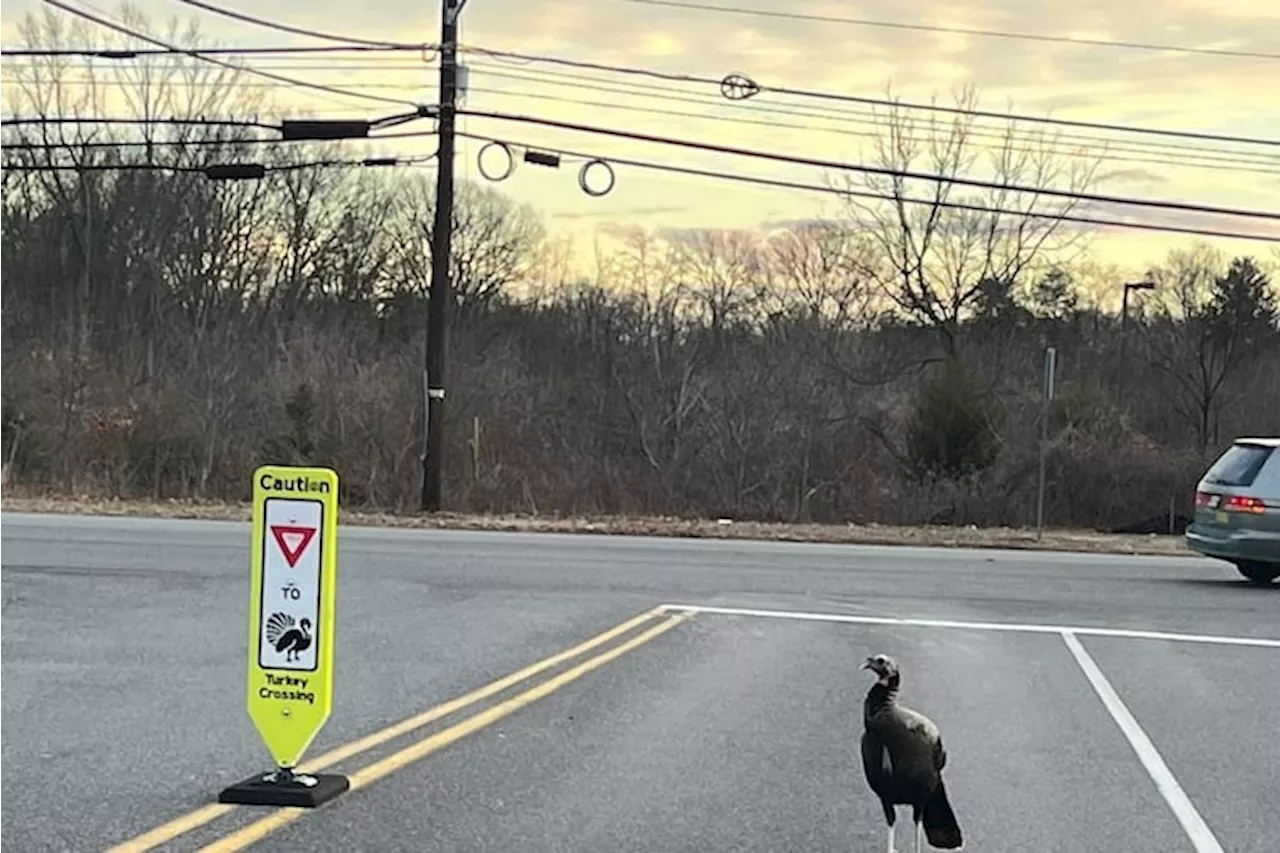anthropologists have analyzed a skull that was found in the ruins of Ephesos (Turkey) in 1929. It was long speculated that it could be the remains of Arsino IV, the sister of the famous Cleopatra.
anthropologists have analyzed a skull that was found in the ruins of Ephesos in 1929. It was long speculated that it could be the remains of Arsino IV, the sister of the famous Cleopatra. However, the latest anthropological analyses show that the remains are those of a boy between the ages of 11 and 14 who suffered from pathological developmental disorders. His genes point to an origin in Italy or Sardinia.
The rest of the skeleton was found in Ephesos during later excavations in 1982, but this time not in the sarcophagus, but in a niche in an antechamber of the burial chamber.
The morphological evaluation of the skull and the micro-CT data revealed that the boy from the Octagon was still in his puberty and was around 11 to 14 years old. This is confirmed by the high-resolution images of the dental roots and the still developing skull base. However, he obviously suffered from pathological development in general. One of his cranial sutures, which normally only fuses at the age of 65, was already closed in his case. This gave the skull a very asymmetrical shape.
Geneticists have discovered a previously unknown lineage of wild goats over ten millennia old. The new goat type, discovered from genetic screening of bone remains and referred to as 'the Taurasian ...
Archaeology Origin Of Life Ancient Civilizations Evolution Ancient DNA Early Humans Anthropology
United States Latest News, United States Headlines
Similar News:You can also read news stories similar to this one that we have collected from other news sources.
 Wild Turkey Causes Havoc, Department Installs 'Turkey Crossing' SignA celebrity wild turkey in Deptford, New Jersey, known for stopping traffic and causing general mayhem, has prompted the installation of a 'turkey crossing' sign. The turkey, affectionately called Tom or Fred, struts into the middle of the road, ignoring honking horns and bringing traffic to a standstill. Local residents, amused by the feathered beast's antics, have even installed a second sign nearby. While a nuisance, the turkey, who enjoys pecking cars and chasing customers, is a beloved part of the community.
Wild Turkey Causes Havoc, Department Installs 'Turkey Crossing' SignA celebrity wild turkey in Deptford, New Jersey, known for stopping traffic and causing general mayhem, has prompted the installation of a 'turkey crossing' sign. The turkey, affectionately called Tom or Fred, struts into the middle of the road, ignoring honking horns and bringing traffic to a standstill. Local residents, amused by the feathered beast's antics, have even installed a second sign nearby. While a nuisance, the turkey, who enjoys pecking cars and chasing customers, is a beloved part of the community.
Read more »
 Mysteries of icy ocean worlds | ScienceDailyA study introduces a novel thermodynamic concept called the 'centotectic' and investigates the stability of liquids in extreme conditions -- critical information for determining the habitability of icy moons like Europa.
Mysteries of icy ocean worlds | ScienceDailyA study introduces a novel thermodynamic concept called the 'centotectic' and investigates the stability of liquids in extreme conditions -- critical information for determining the habitability of icy moons like Europa.
Read more »
 A new galaxy, much like our own | ScienceDailyStunning new photographs by a team of astronomers have revealed a newly forming galaxy that looks remarkably similar to a young Milky Way. The extraordinary images give us an unprecedented picture of what our own galaxy might have looked like when it was being born.
A new galaxy, much like our own | ScienceDailyStunning new photographs by a team of astronomers have revealed a newly forming galaxy that looks remarkably similar to a young Milky Way. The extraordinary images give us an unprecedented picture of what our own galaxy might have looked like when it was being born.
Read more »
 Superflares once per century | ScienceDailyStars similar to the Sun produce a gigantic outburst of radiation on average about once every hundred years per star. Such superflares release more energy than a trillion hydrogen bombs and make all previously recorded solar flares pale in comparison. This estimate is based on an inventory of 56450 sun-like stars.
Superflares once per century | ScienceDailyStars similar to the Sun produce a gigantic outburst of radiation on average about once every hundred years per star. Such superflares release more energy than a trillion hydrogen bombs and make all previously recorded solar flares pale in comparison. This estimate is based on an inventory of 56450 sun-like stars.
Read more »
 Your immune cells are what they eat | ScienceDailyScientists have discovered that our specialized immune cells, called T cells, are what they eat -- their switch from functional to 'exhausted' depends on the switch from metabolizing acetate to metabolizing citrate. The findings link what T cells 'eat' and whether those T cells can continue fighting cancer or chronic diseases like HIV.
Your immune cells are what they eat | ScienceDailyScientists have discovered that our specialized immune cells, called T cells, are what they eat -- their switch from functional to 'exhausted' depends on the switch from metabolizing acetate to metabolizing citrate. The findings link what T cells 'eat' and whether those T cells can continue fighting cancer or chronic diseases like HIV.
Read more »
 Water and forests in Southern US | ScienceDailyClimate and land use change have and will continue to alter streamflow regimes and water quality through the 21st century, with consequences for drinking water treatment costs, flood protection, and other ecosystem services, according to the new report.
Water and forests in Southern US | ScienceDailyClimate and land use change have and will continue to alter streamflow regimes and water quality through the 21st century, with consequences for drinking water treatment costs, flood protection, and other ecosystem services, according to the new report.
Read more »
